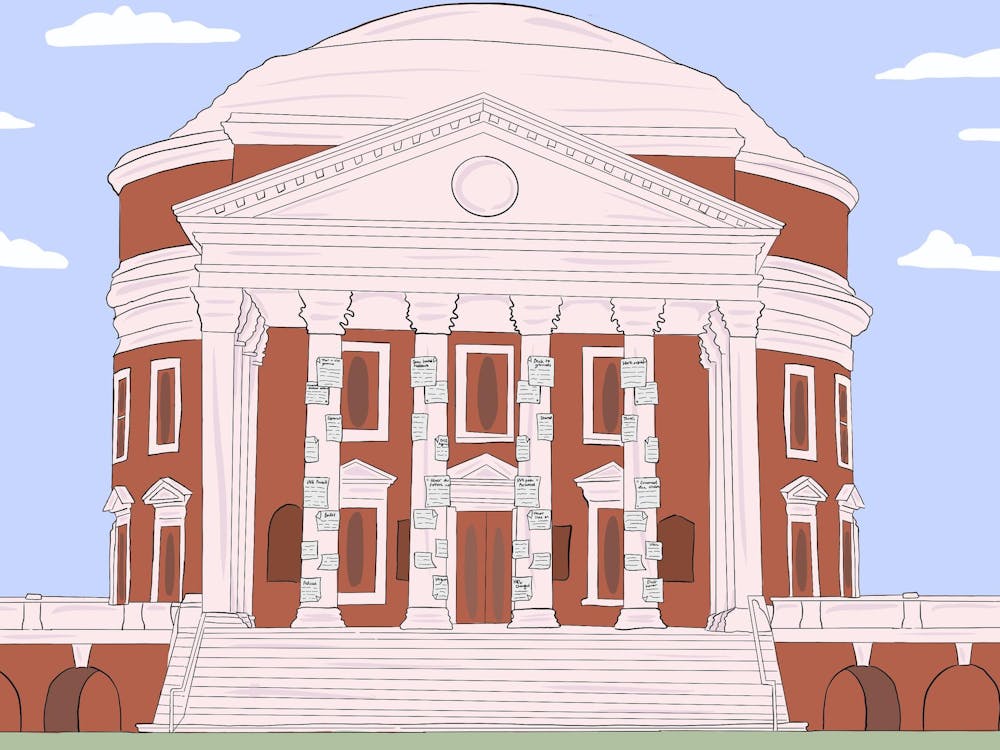IN THIS last season of the ever-popular NBC sitcom "Friends," two of the show's main characters, Chandler and Monica, have decided to adopt a baby. They quickly encounter the reality that the adoption process does not guarantee success -- even for highly qualified parents. On "Friends," despite Monica and Chandler's credentials to become parents, they only get their baby through a combination of system error and deceit. There are many children awaiting adoption. Perhaps, the couple would have more luck if they did not limit themselves to choosing a baby who is white.
This phenomenon is not exclusive to Must See TV but merely an instance of art imitating life. The National Health Interview Survey estimates that merely 8 percent of all adoptions involve children and parents of different races. The vast majority of adults prefer to adopt children of their same race. It seems to make sense. If a white couple had been able to conceive themselves, their child would be white as well. But this trend is deceptively intuitive. Homoracial adoption is neither the only way nor the necessarily "normal" way. Further, making transracial adoption more common would be both practical and ideologically useful.
The current lack of transracial adoption is frustrating but understandable. If the racial demographics of children needing adoption and adults seeking to adopt were equal, then this situation would be less problematic. However, black children are overrepresented in the population of children seeking adoption, and black adults are underrepresented in the potential parent pool (American Public Human Services Association, http://naic.acf.hhs.gov). Thus, with the trend of homoracial adoption, the logical result is that white babies are often fought over while non-white children are available for adoption. Private adoption agencies are likely to price white babies at twice that of a black one ("Buying and Selling," abcnews.com, March 12, 2002). And to emphasize the color hierarchy further, Latino or Asian children often fall somewhere in between. The grand point is that adoption is a less efficient process because most adults, of all races, insist on adopting within their own race -- a form of racial prejudice.
Parents cite many reasons for wanting to adopt babies of their same race. Perhaps the most prevalent rationale is that parents want their children to look like them. After all, adoption is often a final resort for parents for cannot have children of their own. Yet, in all likelihood, adopted children will differ in hair color, facial features, height, and many other physical attributes. It is not as though an adopted child will ever really look like a member of the genetic family. But race would be the dead giveaway, the attribute for which no amount of logical gymnastics can account for its difference. Two white parents with a non-white baby immediately lets the outside world know that this baby was adopted. Adoptive parents fear not looking like a "normal" family.
But it is time to force a challenge against this idea of "normal." After all, biracial couples once were considered strange. Transracial adoption has the potential to perform the same type of sociocultural work by breaking down stereotypes of how race must work. Particularly, it will take issue with the tradition of making identity overly dependent on race.
Appearance issues are not the only bar to transracial adoption. Historically, the most vocal opponents of transracial adoption have been black groups, particularly the National Association of Black Social Workers, who claim that black children will never develop a healthy "cultural identity" growing up in a white household. Yet one cause of racism is that personal identity is often predicated too categorically along racial lines -- the all too common race equals culture fallacy.
More valid is the objection to transracial adoption is that white parents will not be able to teach black children to cope with racism. On a micro level, it is possible that it would be better, and certainly easier, for individual children to live with parents of the same race. The mainstream is always the easiest path. Change, on the other hand, takes sacrifice. Fifty years ago, Linda Brown did what the Supreme Court could only do in theory -- she integrated the public school system. And she endured much to set the precedent for the nation. Thus, though a debate exists on whether transracial adoption is best on the individual level, it remains that the big picture for the future could be worth that risk right now.
(Kimberly Liu's column appears Mondays in The Cavalier Daily. She can be reached at kliu@cavalierdaily.com.)






